香港地區: 購物滿HK$250免運費, 澳門地區: 購物滿MOP300免運費
Menu
-
-
Gifts & Promotions
-
Baby
-
Pet
-
Personal Care
-
Cleaning Supplies
-
Household
-
Furniture & Electronics
-
Food & Drinks
-
Health & Wellness
- Case Deal
- Spot On Green
- Blog
-
- Login
-
English
香港地區: 購物滿HK$250免運費, 澳門地區: 購物滿MOP300免運費
A column with no settings can be used as a spacer
Link to your collections, sales and even external links
Add up to five columns
A column with no settings can be used as a spacer
Link to your collections, sales and even external links
Add up to five columns
Think You Know How to Brush Your Teeth? Think Again
July 26, 2023 8 min read

Table of Contents
Do you experience discomfort, sensitivity, or even pain when consuming cold treats during the summer? While mild discomfort may be due to tooth sensitivity, severe toothache may be a sign of tooth decay. To avoid toothaches from interfering with your daily life, it is crucial to maintain good dental hygiene. This article will guide you on how to properly use various dental care products for optimal mouth cleaning.
Toothbrush
Keeping your teeth clean starts with having the right toothbrush. With so many options on the market, from electric to manual, soft to hard bristles, it can be tough to decide which toothbrush is best for you. When picking a new toothbrush, consider your personal preferences, oral health needs, and budget. So we’ve listed out what you might want to consider when choosing a toothbrush!
Electric vs Manual
The manual toothbrush is the most basic option, and it cleans teeth by manually moving it with your hand. The electric toothbrush, on the other hand, requires batteries or pre-charging and comes with additional features such as rotation or vibration. According to a Cochrane research, with their oscillation, electric toothbrushes are more effective in removing dental plaque and reducing gingival inflammation than manual toothbrushes.
Although electric toothbrushes are more efficient at cleaning teeth and save you effort, there is a significant difference in performance between electric toothbrushes of varying price ranges. More affordable ones have the basic rotation and oscillation, while the most advanced ones even enable customised cleaning modes and AI tracking technology. With electric toothbrushes being more expensive than manual toothbrushes, many individuals with a budget would still choose manual toothbrushes, which are totally good enough to maintain a good dental health! Manual toothbrush can effectively prevent different dental problems, as long as you use the correct brushing technique!
Brush Head
Toothbrush heads in the market are generally divided into two types: standard heads that are longer, and small round heads, each comes with their own set of advantages. You can choose the head that best suits your brushing habits.
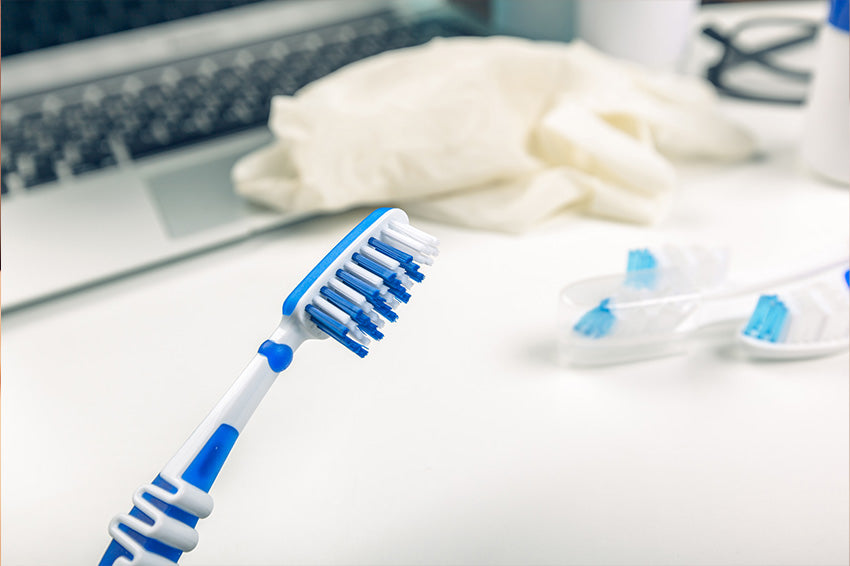
The standard brush head has a larger surface area, making it easier to clean multiple teeth at once, but it also takes more effort to reach deeper areas, for example, to brush your wisdom teeth. If you find it difficult to open your mouth wide, a small round head toothbrush would be a better fit for you.
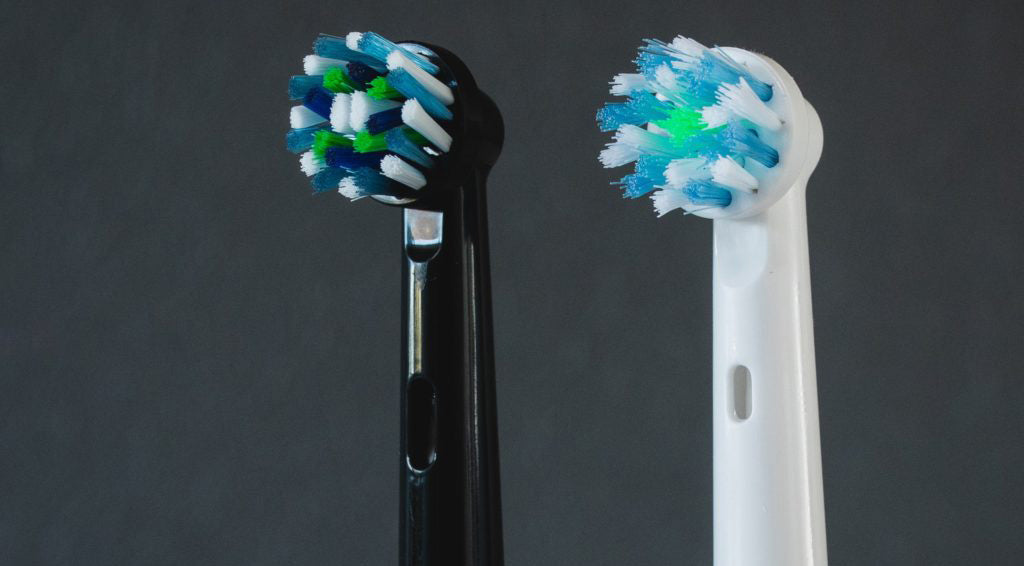
Small round head brush heads make it easier to clean hard-to-reach areas in your mouth. But with a smaller size and a smaller surface area, users have to spend a bit more time to clean each tooth thoroughly. A standard brush may be a better choice for hasty brushers, otherwise, the teeth that you missed may still develop cavities.
Bristles
Dentists recommend using toothbrushes with medium, soft, or extra soft bristles. Softer bristles are less likely to damage the tooth enamel and cause gum damage or bleeding.
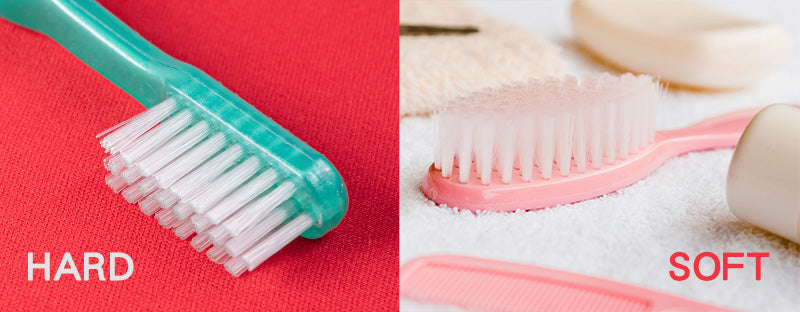
Different types of toothbrushes also come with varying bristle shapes and lengths. Common choices include cross bristles, cup-shaped bristles, rippled bristles, and extra-long bristles at the top. Each shape fits different sizes and surfaces of teeth:
Bristle shapes | Good for |
Cross bristles | Reaching gaps between teeth |
Cup-shaped | Fitting on the biting surface of teeth and cleaning the sides |
Rippled bristles | Contact with surfaces around adjacent teeth |
Extra long bristles at the top | Reaching the back teeth |
The Department of Health, however, states that all bristle shapes can effectively clean teeth, and the choice of which toothbrush to use is totally up to your personal preference.
Tongue Cleaning Soft Rubber
Some toothbrushes come with a soft rubber tongue cleaner on the back, for users to scrub the tongue and remove bacteria that could cause bad breath.
Seemingly soft, our tongue is actually covered with crevices that could be the best place where bacteria hide! A soft rubber scraper is the best tool to eliminate these bacteria and prevent them from turning into a bad breath that makes everyone stay away from you.
Toothpaste
There is a wide range of toothpastes available in the market, with different flavors and formulas specially designed for certain dental problems. No single ‘best’ toothpaste can cater to everyone's needs, but you can always pick the most suitable toothpaste for you and your family! So, the tip is simple: choose toothpaste based on your dental condition.
In the next blog, Spot On will introduce different functions of toothpastes and their formula. Stay tuned!
Dental Floss
Although it's easy to overlook the importance of dental flossing in our daily dental care, it's a crucial step in maintaining good dental hygiene. While brushing your teeth does a great job of cleaning the surfaces, it can't reach the tight spaces between your teeth where bacteria and plaque can accumulate and cause cavities. Skipping dental floss can lead to serious dental problems down the line. Therefore, even though it may seem like a hassle, it's essential to make flossing a daily habit to keep your teeth healthy and your smile bright.
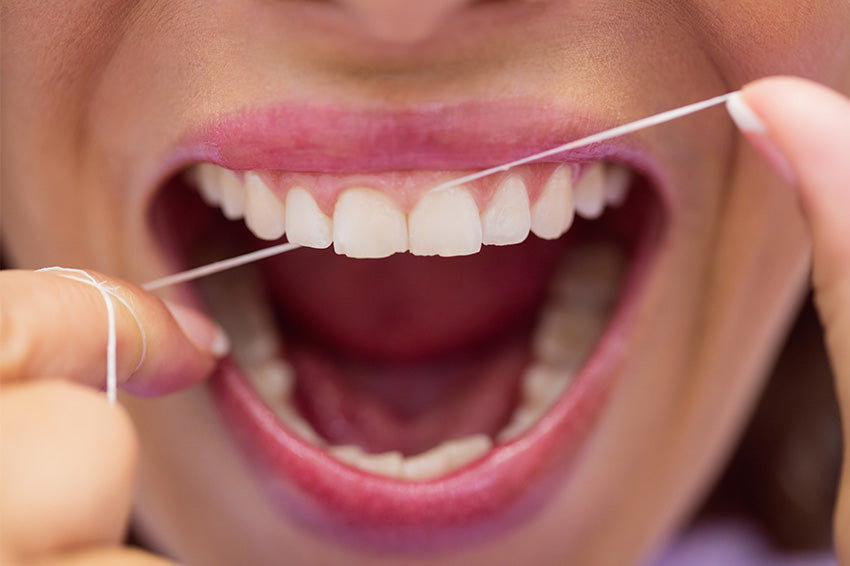
Mouthwash
Properly using the three essential dental care products - toothbrush, toothpaste, and dental floss - is crucial for maintaining good dental hygiene. However, using mouthwash after brushing and flossing can provide an extra boost to your routine and leave your mouth feeling fresh for longer. Using mouthwash regularly can even help reduce dental plaque and alleviate gingivitis.
If you have certain dental problems, it is recommended that you use mouthwash twice a day to provide extra care to your dental health. It's important to choose a mouthwash that suits your specific needs, as different types offer various additional benefits. For example, use anti-inflammatory mouthwash if you are experiencing gum disease or if you’ve just undergone a dental surgery; use a fluoride mouthwash if you are prone to cavities. While mouthwash is a helpful addition, it's essential to remember that it cannot replace the fundamental steps of brushing and flossing.
So, don't rely solely on mouthwash for the sake of convenience. Instead, make it a part of your overall dental care routine for optimal dental health.
Spot On has also written another article about mouthwash, answering all of the questions that you might have! Read here: A Complete Guide on Mouthwash + The Myths and the Truths
Are You Sure You're Brushing Your Teeth The Right Way?
While we all know that brushing our teeth twice a day is vital for good dental hygiene, many of us may not be doing it correctly. Here are a few key points that, sadly, many people did not know:
Brush your teeth for at least two minutes to give enough time to clean all areas of your mouth thoroughly
Do not brush your teeth too hard - this can damage your enamel and gums.
Replacing your toothbrush or brush head every three months for optimal dental cleaning
Wait 30-60 minutes after eating before brushing your teeth, as brushing immediately after eating can damage your enamel
The Bass brushing method is the most recommended technique by dentists for effective cleaning of teeth and gums. Here is a step-by-step guide to properly execute this technique:
Angle the bristles of your brush upward at 45 degrees to clean the teeth and remove bacteria hidden at the gumline
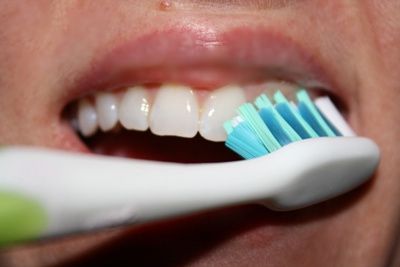
Begin by cleaning the outside of the upper teeth, from right to left, in groups of two teeth. Brush each group back and forth about 10 times
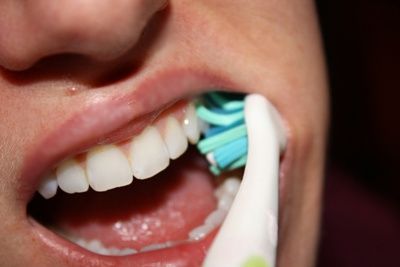
After cleaning the outside of the upper teeth, move to the biting surface of the left molars
Next, brush the inside of the teeth, with the bristles angled upward as in step 1, brush from left to right
After cleaning the inside of the right teeth, brush the biting surface of the right molars to complete cleaning the upper teeth
Repeat the same process for the lower teeth, angling the bristles downward at 45 degrees.
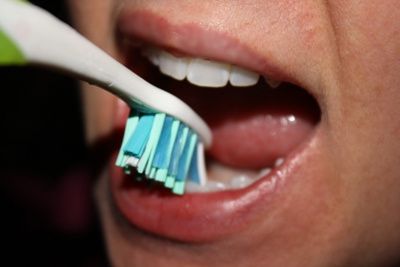
It's worth noting that the recommended order is simply to help people clean their teeth in a consistent direction and avoid missing any teeth. As long as you maintain the correct angle and brushing time to thoroughly clean your teeth and gumlines, it’s fine whichever direction you go.
Dental Care for Infants and Children
While it's true that children's milk teeth will eventually fall out and be replaced with permanent teeth, it's still crucial to prioritize dental care for children. Developing good dental hygiene habits from an early age can greatly help promote their dental health as they grow up and prevent toothaches caused by dental problems. Do help your kid cultivate a proper brushing habit from their first tooth!
Since the teeth and gums of infants and children are more sensitive and fragile, it's important to use a baby toothbrush or children's toothbrush with a small brush head and soft bristles.
The Department of Health recommends that infants and children use toothbrushes of the following sizes:
Age | Size of Brush Head |
0-2 | Approx. 15mm |
2-6 | Approx. 19mm |
6-12 | Approx. 22mm |
Above 12 | Approx. 25mm |

In terms of toothpaste, there are formulas designed for children of different ages, with lower fluoride concentration for younger children. These toothpaste formulas for children also have milder flavors, while adult toothpaste is often in cool mint flavor. Sweet, fruity flavors make it easier to encourage children to brush their teeth regularly. By prioritizing dental care from an early age, parents can set their children up for a lifetime of good dental hygiene.
Dental Care for the Elderly
As people age, their gums may start to recede, making them more susceptible to gum disease and other oral health issues that can lead to tooth loss. Therefore, it's crucial to prioritize dental health and choose dental care products accordingly.
Regular dental check-ups every six months to a year are recommended for the elderly to prevent dental diseases. If there are problems with tooth loss, make sure you consult a dentist for dental implants or dentures.
Moreover, dental diseases can be an early symptom to other long-term illnesses, such as oral cancer and osteoporosis. Therefore, it's essential to prioritize dental health and undergo regular dental examinations to diagnose diseases early on and prevent the condition from worsening.
Common Dental Diseases
Cavities
Cavities are caused by bacteria eroding the surface of the teeth. People who frequently consume sugary foods or don't brush their teeth thoroughly are more prone to developing cavities. This condition can cause tooth pain, sensitivity, and even tooth loss. Mild cases can be treated with fillings, while severe cases may require tooth extraction.
Periodontal Disease (Gum Disease)
Gum disease is an inflammatory condition caused by bacterial infection around the gums. Symptoms include bleeding gums, swelling, pain, bad breath, and loose teeth. Gingivitis, an early symptom of gum disease, must be addressed promptly to prevent it from progressing.
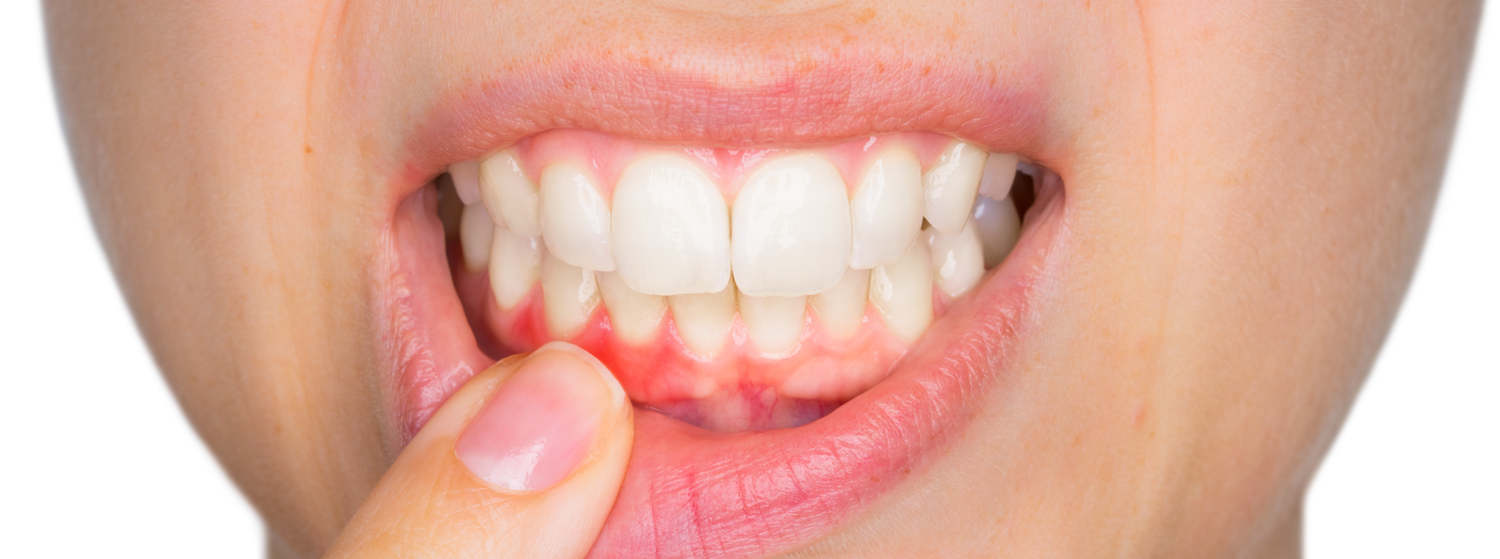
Sensitive Teeth
Tooth sensitivity is a result of damaged enamel or surrounding tissue of teeth. Common symptoms include pain or discomfort when eating cold, hot, sweet, or sour food. Mild cases can be relieved with anti-sensitive dental care products, while more serious cases may require fluoride treatment by a dentist.
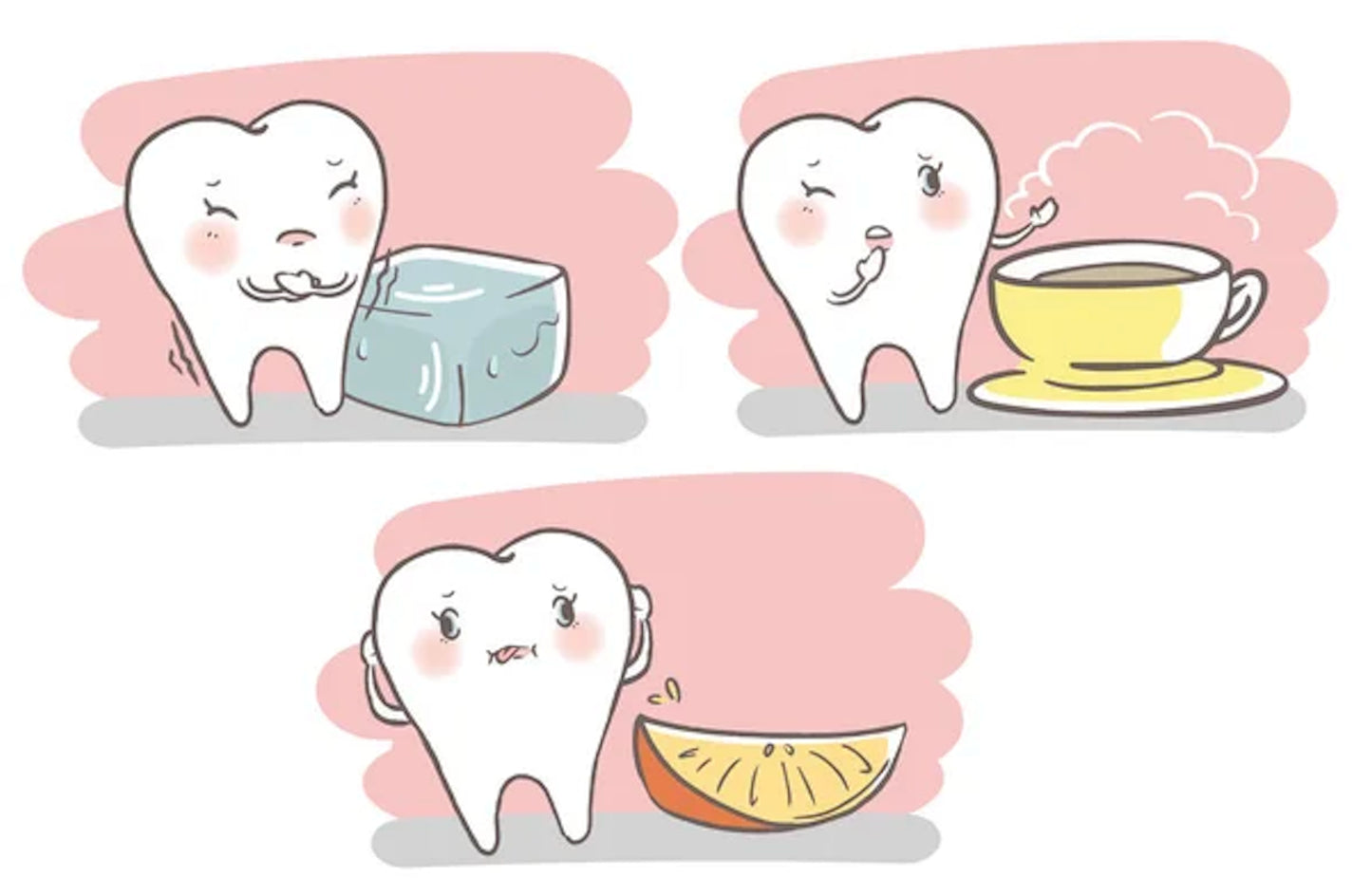
Oral Thrush
Oral thrush is a fungal infection that leads to a white patches inside the mouth. You may feel pain when eating and swallowing, as well as a reduction in taste. Antifungal toothpaste and mouthwash can help prevent oral thrush. However, if oral thrush has developed, it's important to seek medical treatment and use medication as prescribed by a healthcare professional.
